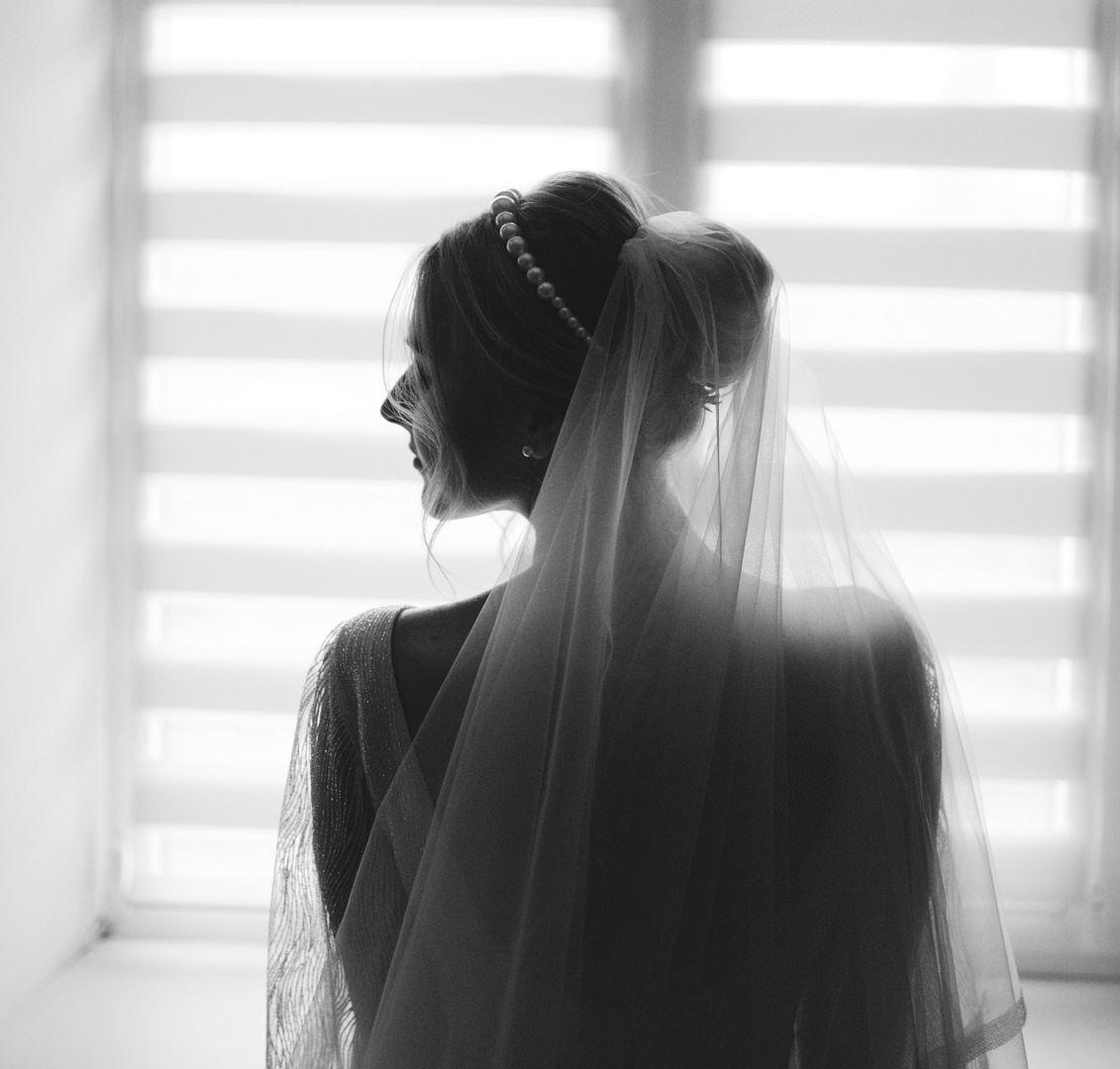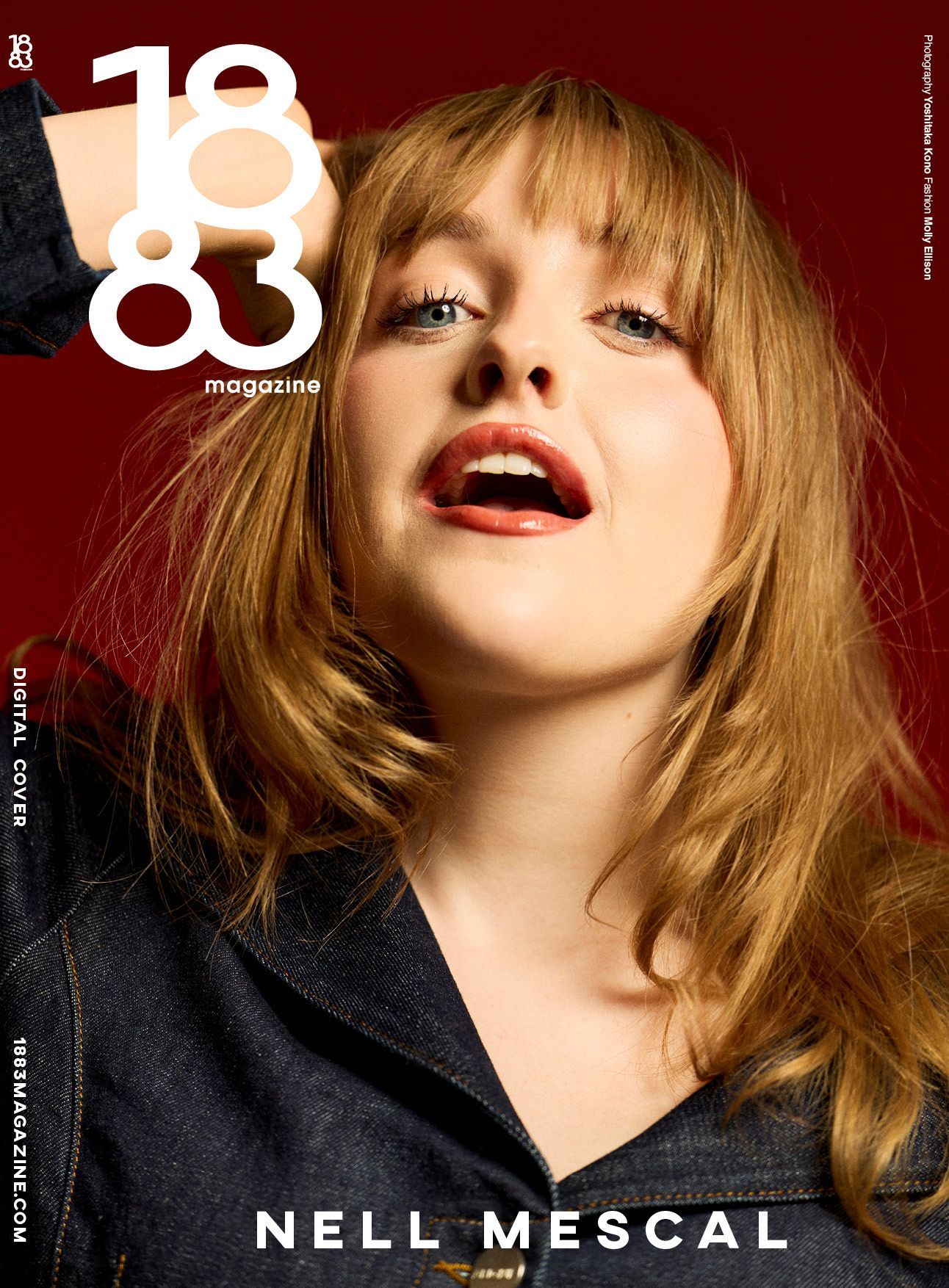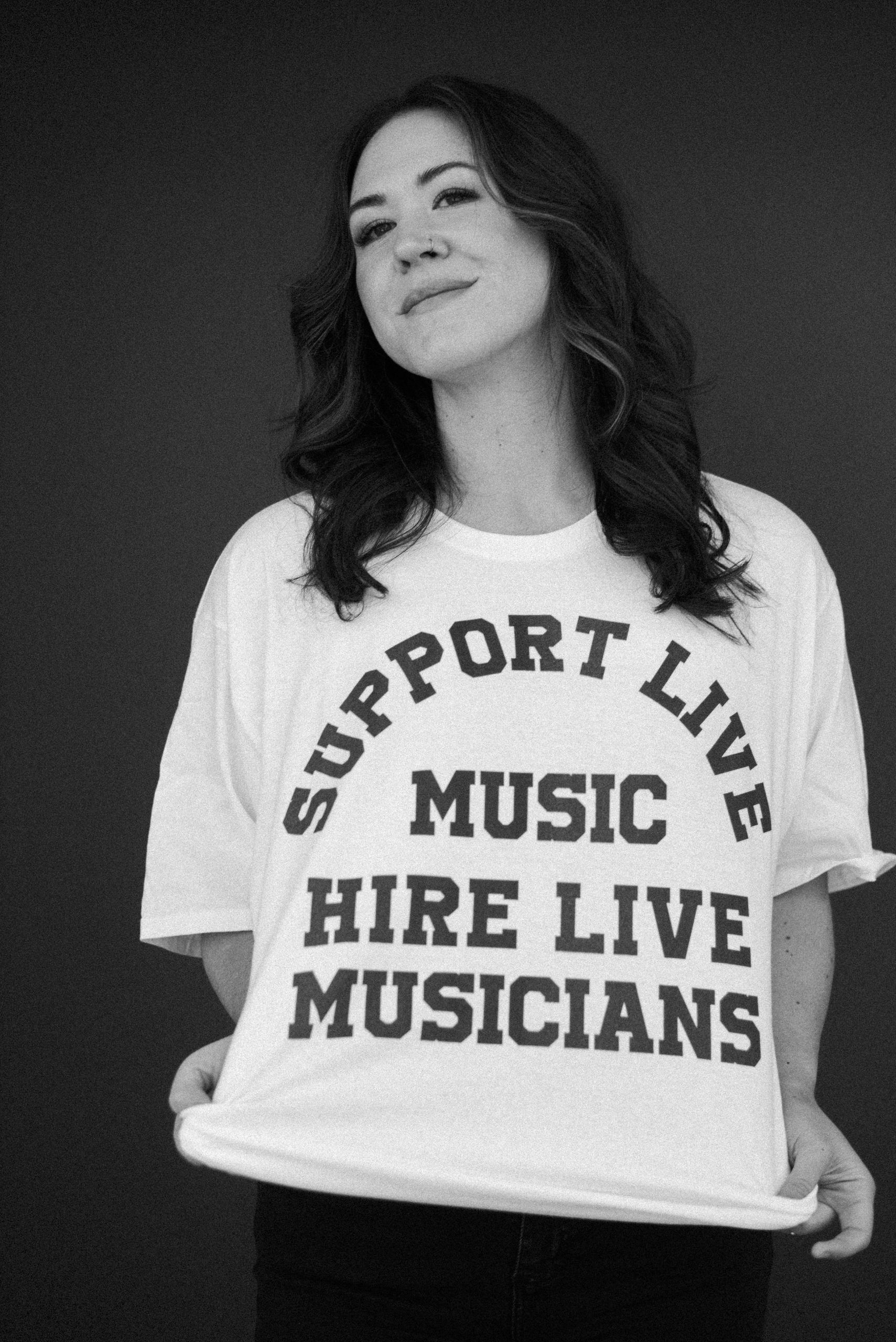
The wedding veil has been an essential attribute of a bride for centuries. Even in ancient times, this accessory was considered a must-have and served as protection against evil spirits. Over time, the appearance and role of the veil have transformed. These accessories became symbols of modesty and chastity, which is especially reflected in the long cathedral veil. The rise in popularity of the cathedral veil came in the 19th century, when weddings became lavish and ceremonial. Be that as it may, today the cathedral veil remains one of the most sought-after choices of modern brides, as it wonderfully complements the look, making it feminine, mysterious, and truly romantic.
Distinctive features and reasons for its overwhelming popularity
The main feature of the cathedral bridal veil is its length. Traditionally, such models range from 108 to 120 inches long, but in today’s world, variations are possible. These are quite voluminous accessories that require a smooth and ceremonial walk down the aisle between rows of admiring guests. Despite the impressive appearance, the cathedral veil is striking in its simplicity, which contrasts beautifully against its grandeur.
Modern brides choose the cathedral veil for many reasons. First, it’s suitable for both a grand and lavish ceremony as well as a more modest one with a small circle of guests. Other reasons for the accessory’s overwhelming popularity include:
- An unmatched dramatic effect. With this veil, any bride transforms into a true princess from a fairy tale. Regardless of the chosen outfit and its simplicity, the cathedral veil adds royal luxury thanks to its majestic train. This makes the bride the focal point of the celebration.
- Impressive opportunities for photoshoots. Photos as keepsakes are an important part of any wedding ceremony. The cathedral veil offers unlimited possibilities, allowing for creative and stylish shots in any setting. With this accessory, every frame becomes a masterpiece.
- Versatility. Although the cathedral white or ivory veil is considered a classic of wedding fashion, it now pairs successfully with a wide range of outfits. You can always select a classic A-line dress, a sleek form-fitting gown with minimal decoration, a chic mermaid dress, a luxurious gown with a long train, or even a short dress that creates a stunning contrast.
The influence of famous personalities in the establishment of the cathedral veil trend should not be underestimated. Its widespread adoption made the accessory a choice of many renowned brides. For example, in 2004, Britney Spears chose a cathedral veil to complement her long silk gown with a train. Even earlier, the legendary Princess Diana selected a veil 23 feet long, complementing her voluminous dress and creating a truly stunning look. Meghan Markle, on her wedding to Prince Harry, also chose a pure white cathedral veil 16 feet long. There are dozens of similar examples, so it is impossible to deny their influence on the growing popularity of the cathedral veil.
Where do its roots lie?
The cathedral veil, in the form we all recognize, has undergone changes throughout its history. The long veil has existed for many centuries. Even in Ancient Rome, brides wore similar veils, and their length often reached the floor. This decision was quite logical, given both the length of the dresses and the beliefs of the people of that time. Even then, a connection between the length of the veil and grandeur was forming.
The symbolic meaning of the long veil emerged in the Middle Ages, when Christianity arrived in Europe. It was then that the veil became an integral part of wedding ceremonies. It symbolized the purity and innocence of the bride. It was a symbol of the transition to a new stage in life. The cathedral veil was often also a symbol of submission to the husband. The color and material were also significant. Wealthy noble families selected white veils made of flowing fabrics for their brides, while more modest families used cheaper alternatives.
A key moment in the history of the long veil was Queen Victoria’s wedding in 1840. The choice of her gown and the organization of the ceremony marked the birth of new traditions, which later spread almost everywhere. Thanks to her, the tradition of wearing a white gown with a long veil to match was established. Another innovation was the public nature of the wedding, which could be viewed by anyone during daylight hours. This laid the foundation for grand, pompous ceremonies, with the beautiful flowing veil becoming an integral element of lavish weddings in many countries around the world.
In the 20th century, the cathedral length veil experienced a kind of rebirth and adapted to modern realities, which continues into the 21st century. The accessory developed, becoming more decorative and diverse, allowing the bride not only to create a striking look but also to add individuality. During this period, lace, beads, rhinestones, embroidery, and many other elements were added to the veil, enhancing its sophistication and elegance.
In recent years, there has been a true revival of the cathedral veil and the corresponding wedding style. This has been inspired by past traditions, their elegance, and luxury. As a result, the cathedral veil has become an essential element not only of lavish and luxurious celebrations but also of more modest festivities. In the collections of modern designers, you can find a veil to suit any bridal look, not to mention the option of having a custom-made veil.
When it comes to the cathedral veil, there is no exact confirmation of its origin. The discussion is not about the characteristic style, but rather about the name. This veil was worn during wedding ceremonies in churches and cathedrals. And since a cathedral is, by definition, a tall structure reaching toward the sky, the veil also received its corresponding name.
Comfort considerations
Some brides have doubts about whether they should choose such a long wedding veil, as it might seem quite inconvenient, restricting movement. In reality, this is not entirely true, although this accessory can be somewhat tricky to handle. During the ceremony and photoshoot, don’t hesitate to ask for help from those around you. For instance, bridesmaids—loyal companions who are always by your side—can help hold up the train, adjust the veil, and keep your look perfect.
A great solution can be to involve children, who often attend weddings with their parents. Little ones carrying the flowing train create an incredibly sweet and tender impression. And of course, make full use of the photographer’s assistance, who will surely offer tips on how to arrange the veil or use it to create beautiful shots.
After the formal part of the ceremony, you can always remove the cathedral veil or switch to a more practical accessory to continue the “active phase” of your wedding. You can also order your perfect handmade cathedral veil by visitinghttps://meellaofficial.com/shop/cathedral-veil/.




